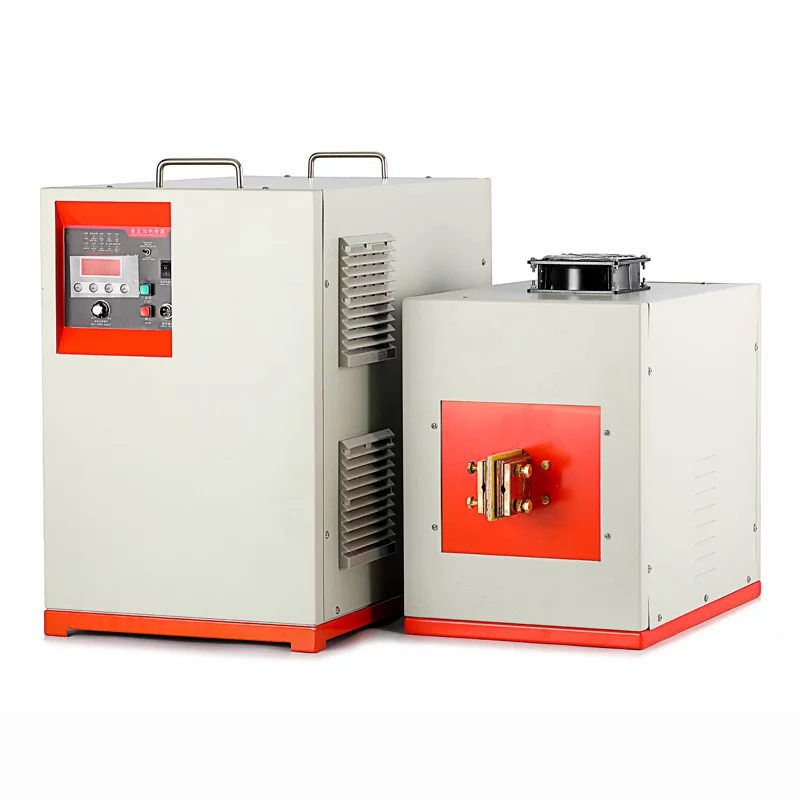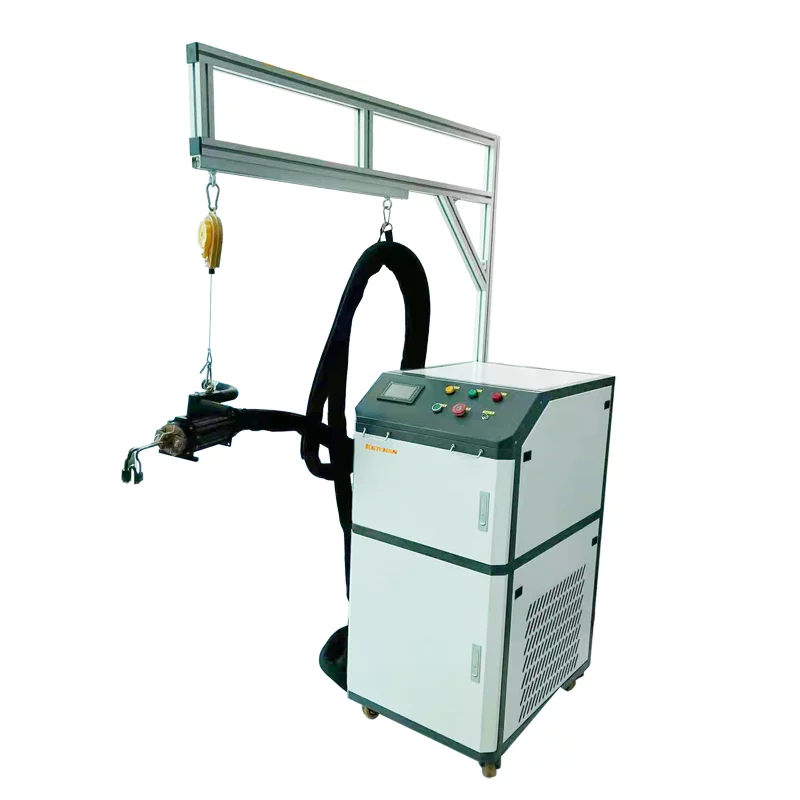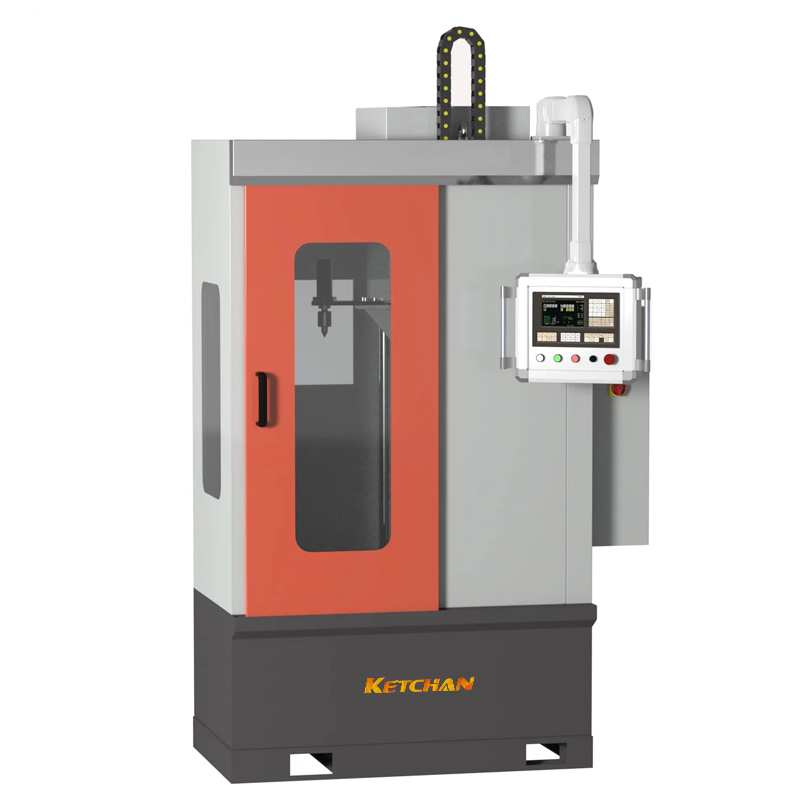The tempering hardness (H) of steel depends on tempering temperature (T) and tempering time (T), and there is a certain functional relationship between the three, namely, H = f (T, T). When t is a fixed value, the functional relationship between H and T can be divided into four types:
1) Linear;
2) Parabolic;
3) Power function type;
4) Combinations of straight lines and power functions.
Since the latter two types are extremely inconvenient to calculate and draw in use, in most cases, they are simplified to linear and parabolic types, which can be expressed by the empirical equation as follows:
H = a1 + k1 T
H = a2 + k2 T
A1, A2, K1, and K2 in the formula are specific coefficients.
According to the actual process test and the data of relevant references, the tempering equations of some commonly used types of steel were calculated and modified by mathematical statistics method. The practice has proved that these empirical formulas have important application value.
Instructions for use:
1) The chemical composition and mechanical properties of raw materials shall meet the national technical standards (GB, YB, etc.), and the maximum external warp (or relative thickness) shall be close to or less than the critical diameter of quenching.
2) Under the condition of constant quenching temperature and tempering time, the tempering equation is only applicable to conventional quenching and tempering processes; It can not be used in sub temperature quenching, composite heat treatment, deformation heat treatment, and other processes.
3) In the process of heat treatment, the correct quenching medium should also be selected to make the cooling capacity meet the technological requirements; Prepare heat treatment of steel as required;
4) Considering the effect of random factors, the actual tempering hardness and temperature of steel after heat treatment are allowed to have an error of 5% from the calculated number.
Tempering treatment refers to the treatment of hardened or normalized steel immersed at a temperature lower than the critical temperature for a period of time and then cooled down at a certain rate to increase the toughness of the material. From the theory of metallurgy, we know that after quenching and normalizing treatment, a part of the carbide can be precipitated out and the residual stress caused by rapid cooling can be eliminated for a period of time, thus improving the toughness and flexibility of the material. Obviously, the effect of tempering treatment depends on tempering temperature, cooling rate, and other factors.
The strength and hardness of the material decreased with the increase of tempering temperature, while the ductility of the material increased. The impact resistance of the material decreases significantly around 300℃ tempering, which is called tempering brittleness. Since the precipitation of carbon atoms or alloying elements is proportional to the time, the hardness of the material decreases with the extension of tempering time. Since the tempering temperature is below the critical point of phase change, the strength of the material does not depend on the cooling rate. However, due to tempering embrittlement, if the cooling rate of the material is too slow at 375~575℃, it is easy to embrittlement. This should be noted when tempering.
In general, the main purpose of adding alloying elements to steel is to increase the hardening capacity of steel, that is, to increase the capacity of forming machan loose iron. Due to the poor diffusion ability of alloying elements (atoms), the rate of tempering softening is slowed down by adding alloying elements. Alloying elements are generally divided into two functions. The first function is a non-carbide formation, such as alloy elements with nickel, silicon, and manganese, etc. Since these elements are not related to the formation of carbides, they are not related to tempering softening. The hardening effect caused by such elements is mainly achieved by the hardening mechanism of solid solution. Other alloying elements, such as chromium, molybdenum, tungsten, and vanadium, are part of the formation of carbides, so their diffusion rate affects the rate of tempering softening.






